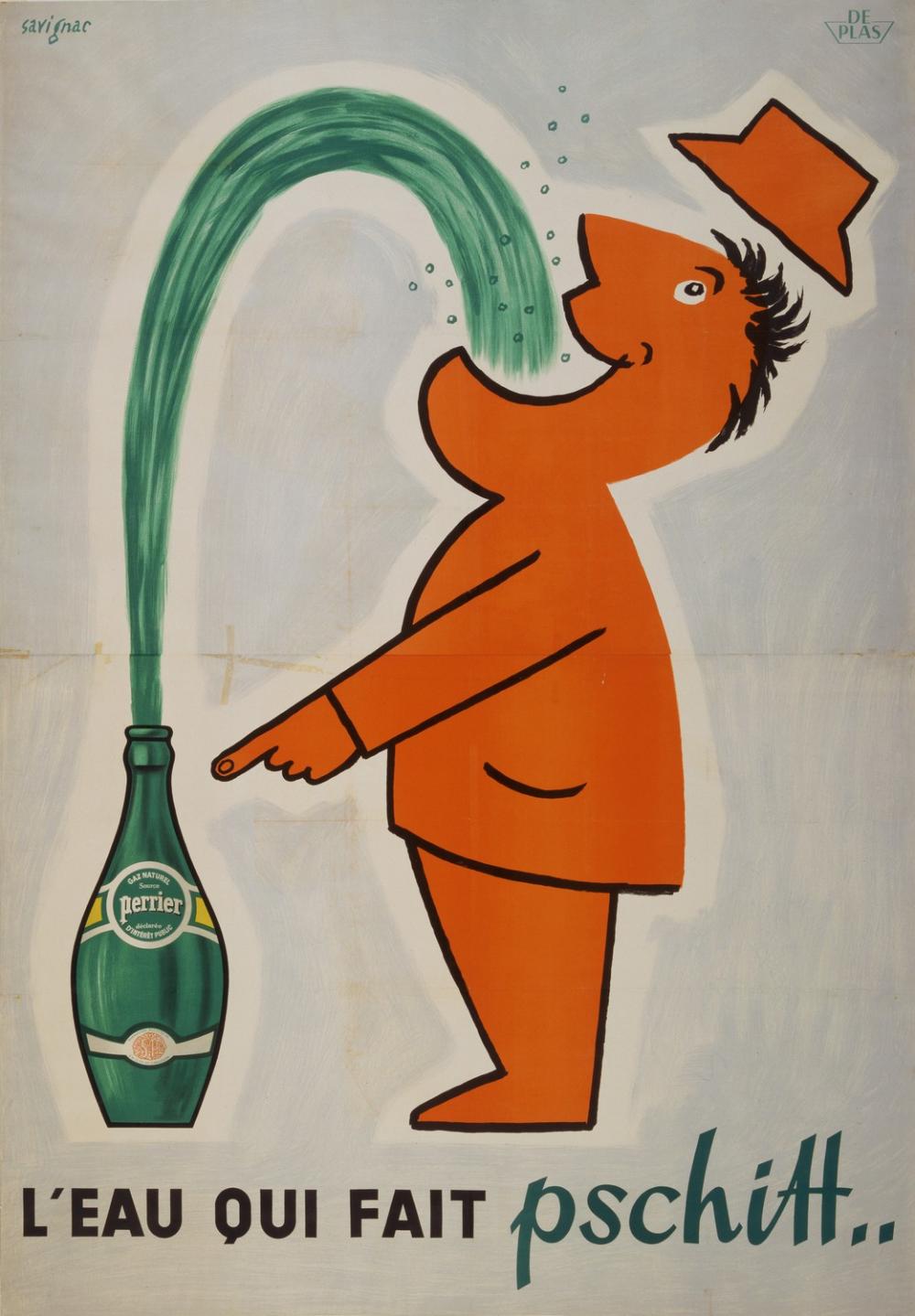
How to start a vintage poster collection
Share
Embarking on a vintage poster collection is a rewarding endeavor that combines art appreciation, historical interest, and the thrill of discovery. To assist you in starting your collection, here are some essential steps and considerations:
1. Define Your Focus
Begin by identifying the themes or genres that resonate with you. Whether it’s vintage movie posters, travel advertisements, political propaganda, or concert promotions, selecting a specific area of interest will guide your collecting journey and make it more meaningful. A focused collection can also help you become a knowledgeable and discerning collector in your chosen field. For example:
- Movie Posters: Consider classics from the golden age of Hollywood or international cinema.
- Travel Posters: Look for those showcasing iconic destinations from the 19th and 20th centuries.
- Political Propaganda: These often reflect significant historical events or cultural movements.
A focused theme can add depth to your collection and make it easier to identify valuable pieces.
2. Educate Yourself
Invest time in learning about vintage posters, including their history, printing techniques, notable artists, and the factors that influence their value. Resources such as books, online articles, and attending exhibitions can provide valuable insights. Notable sources include:
- Books: Titles like "The Art of the Poster" or "100 Years of Poster Art".
- Websites: Explore resources like internationalposter.com or posterhouse.org.
- Museums and Galleries: Visit institutions like Poster House in New York City or the Victoria and Albert Museum in London.
By immersing yourself in the subject, you’ll develop a keener eye for quality and authenticity.
3. Set a Budget
Determine a budget that aligns with your financial capacity. Vintage posters can range from affordable to highly expensive, depending on factors like rarity, condition, and demand. Setting a budget helps in making informed purchasing decisions and avoids overspending. Consider:
- Entry-Level Collecting: Posters for less renowned events or artists often cost less than $200.
- Mid-Range Collecting: Rare but moderately known posters can range from $500 to $5,000.
- High-End Collecting: Iconic pieces from famous artists like Henri de Toulouse-Lautrec or Alphonse Mucha may exceed $10,000.
Starting small allows you to gain experience before investing in high-value items.

4. Assess Authenticity
Authenticity is crucial in vintage poster collecting. Familiarize yourself with the characteristics of original posters, such as printing methods, paper types, and markings. Consult with experts or reputable dealers to verify authenticity. Key points include:
- Printing Techniques: Original posters often used lithography or silkscreen processes, which differ from modern digital reproductions.
- Paper Characteristics: Older posters may show signs of aging, such as slight yellowing, but should not feel like modern glossy paper.
- Watermarks or Stamps: Look for publisher marks or distributor stamps as indicators of authenticity.
When in doubt, consult with reputable dealers or organizations like the International Vintage Poster Dealers Association (IVPDA).
5. Evaluate Condition
The condition of a poster significantly affects its value. Learn to assess factors like color vibrancy, paper quality, and the presence of tears, folds, or restorations. Posters are often graded on a scale from poor to mint condition:
- Mint Condition: Near-perfect, with vibrant colors and no visible damage.
- Very Fine: Minimal wear, such as light creases or small pinholes.
- Fine: Some noticeable flaws, like small tears or slight discoloration.
- Poor: Significant damage, which might include missing pieces or extensive fading.
While mint-condition posters are the most desirable, those in fine or very fine condition can still be valuable and more affordable.
6. Explore Reputable Sources
Purchase posters from reputable dealers, auctions, or galleries specializing in vintage posters. This reduces the risk of acquiring reproductions or misrepresented items. Some trusted sources include:
- Dealers: Seek out members of IVPDA for verified authenticity.
- Auctions: Platforms like Sotheby’s (sothebys.com) or Christie’s (christies.com) regularly feature vintage posters.
- Online Marketplaces: While platforms like eBay can yield gems, verify seller credibility and request detailed images and provenance.
Engaging with established sellers provides peace of mind and access to curated selections.
7. Consider Storage and Preservation
Proper storage is essential to maintain the condition of your posters. Store them in a cool, dry environment, away from direct sunlight. Best practices include:
- Use Acid-Free Materials: Acid-free backing boards, folders, or tissue paper help prevent degradation.
- Avoid Folding: Store posters flat in archival boxes or roll them loosely in tubes for safe storage.
- Professional Framing: Opt for UV-protective glass and acid-free mats to display your posters while safeguarding them from environmental damage.
Regular checks can help catch issues like moisture or pests before they cause significant harm.
8. Network with Fellow Collectors
Engaging with a community of collectors can provide support, knowledge, and opportunities for acquiring new pieces. Networking avenues include:
- Forums: Join communities like collectorsweekly.com to discuss and trade posters.
- Conventions: Attend events like the International Vintage Poster Fair.
- Online Groups: Participate in Facebook groups or Reddit communities dedicated to vintage posters.
Sharing experiences and tips with others can enhance your collecting journey and help you discover hidden treasures.
9. Document Your Collection
Keep detailed records of your acquisitions, including purchase information, provenance, and any relevant historical context. This documentation can be invaluable for:
- Insurance: Accurate records help determine replacement value in case of loss or damage.
- Resale: Provenance and condition details increase desirability and value for future buyers.
- Personal Reference: A well-documented collection allows you to track and enjoy your growing portfolio.
Digital tools like spreadsheets or dedicated collection management apps can simplify the process.
10. Enjoy the Journey
Collecting vintage posters should be a fulfilling and enjoyable pursuit. Appreciate the artistry, history, and stories behind each piece, and let your collection reflect your personal interests and passions. Whether your collection grows modestly or becomes a sprawling gallery, the journey of discovery is as rewarding as the posters themselves.
By following these steps, you can build a meaningful and well-curated vintage poster collection. Happy collecting!




